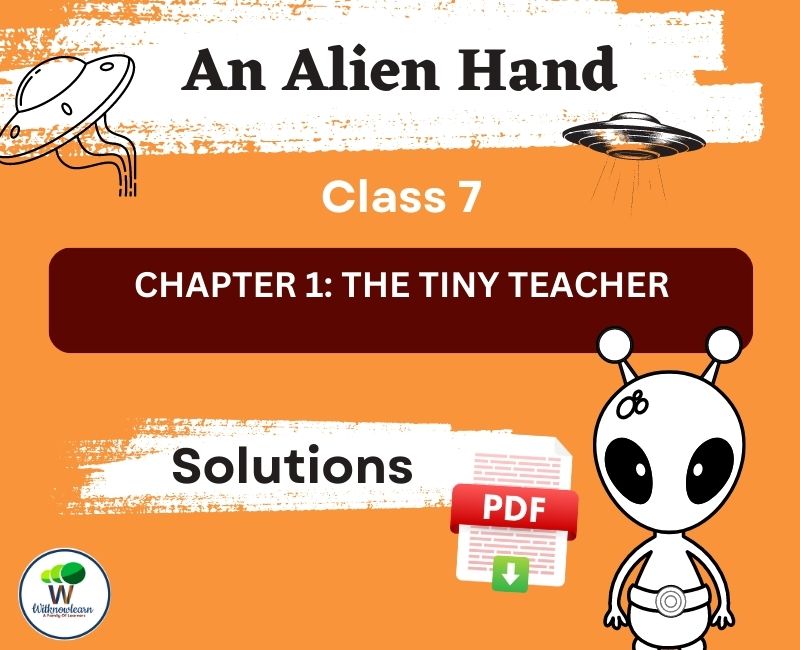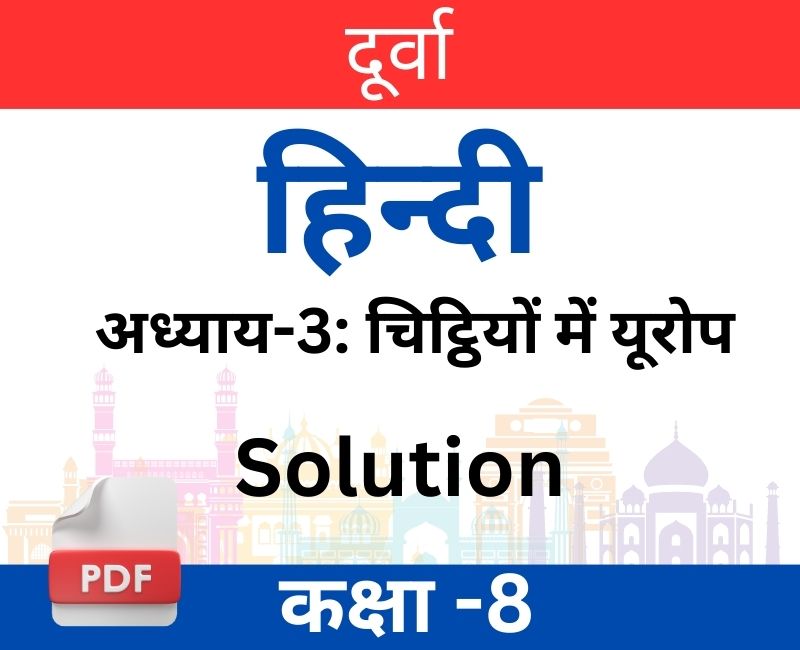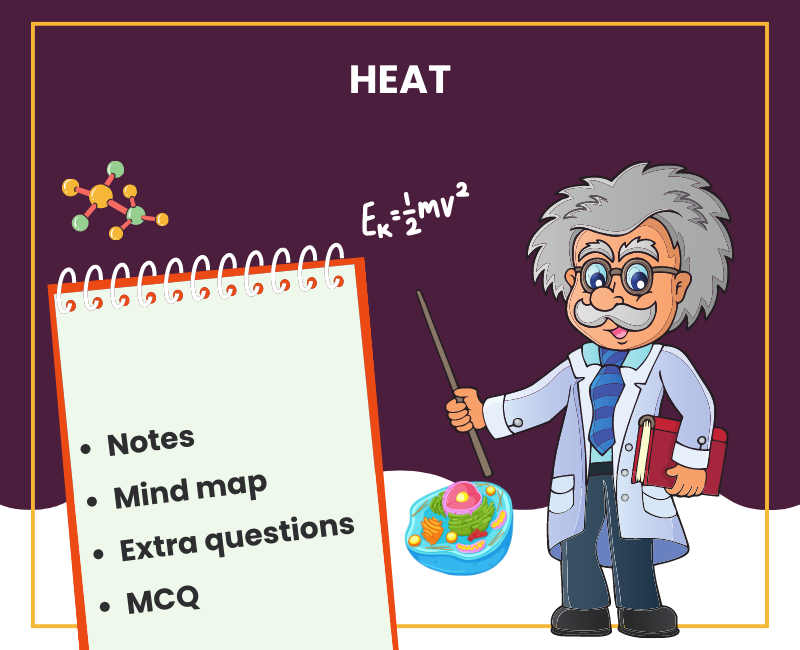NCERT Solutions for Class 11 Political Science Chapter 6 Judiciary
Are you in search of Judiciary Class 11 Question Answer solutions? You've landed at the perfect place for all your academic needs! The judiciary is an essential topic covered in Class 11 Political Science, and it holds significant importance for students who aim to excel in this subject. If you're a student, parent, or teacher seeking Class 11 Political Science Chapter 6 Question Answers in Hindi or English, we've got you covered. Our answers are not just accurate but are also crafted in simple language, making the complex legal jargon easy to understand for everyone.
In Class 11 Judiciary, you'll get to learn about the judiciary of the Supreme Court, how it functions, and why it is vital in a democracy. Whether you're preparing for a judiciary exam or simply trying to understand the topic better, our question answers are your ultimate guide. Our Class 11 Chapter 6 Political Science resources help you delve into the role, functions, and importance of the judiciary in a democratic setup.
Why worry about grasping complicated terms or confusing text when we simplify everything for you? We provide well-structured Class 11 Political Science materials that give you a comprehensive understanding of judiciary topics. We ensure that every aspect of the judiciary system, from its basic structure to its complex functionalities, is easy to grasp.
So, wait no longer! Unveil the complexities of the judiciary with our top-notch Class 11 Judiciary resources. Dive into our meticulously designed question answers, and set your academic journey on the path of success!
JUDICIARY CLASS 11 QUESTION ANSWER
Q1. Read the following statements: Match them with the different jurisdictions the Supreme Court can exercise - Original,
Appellate, and Advisory.
In order to resolve the dispute about river Cauvery the government of Tamil Nadu wants to approach the court.
Ans: Original.
Q2. Read the following statements: Match them with the different jurisdictions the Supreme Court can exercise - Original,
Appellate, and Advisory.
Court rejected the appeal by people against the eviction from the dam site.
Ans: Appellate.
Q3. Read the following statements: Match them with the different jurisdictions the Supreme Court can exercise - Original,
Appellate, and Advisory.
The government wanted to know if it can pass a law about the citizenship status of residents of Pakistan-occupied
areas of Jammu and Kashmir.
Ans: Advisory.
Q4. What are the different ways in which the independence of the judiciary is ensured? Choose the odd ones out.
1. Chief Justice of the Supreme Court is consulted in the appointment of other judges of Supreme Court.
2. Judges are generally not removed before the age of retirement.
3. Judge of a High Court cannot be transferred to another High Court.
4. Parliament has no say in the appointment of judges.
Ans: The independence of the judiciary is maintained in the following ways:
3. Judges are generally not removed before the age of retirement. They are removed only in exceptional cases.
4. Parliament has no say in the appointment of judges.
Thus, the odd ones here are:
4. Chief Justice of the Supreme Court is consulted in the appointment of other judges of Supreme Court.
5. Judge of a High Court cannot be transferred to another High Court.
Q5. Does independence of the judiciary mean that the judiciary is not accountable to any one? Write your answer in not more
than 100 words.
Ans: The independence of judiciary does not mean that judiciary is not accountable to anyone but it means:
1. No other organ of the government would restrain the functioning of judiciary.
2. The judges can perform their functions without any fear or favouritism.
3. Judiciary is accountable to the Constitution of India, to the people of India and to the democratic traditions.
Q6. Do you think that judicial activism can lead to a conflict between the judiciary and the executive? Why?
Ans: Judicial activism can lead to a conflict between the judiciary and the executive because of the interference of the
judiciary in the domain of the executive. Issues related to pollution, investigation of cases against corruption and
electoral reforms that are ordinarily handled by the executive under the control of the legislature, are being resolved by
the judiciary. Judicial activism also violates the democratic principle of respecting the powers and jurisdiction of each
organ of government as it confers extraordinary powers on the judiciary.
Thus, the balance between the three organs of the government has become very delicate.
Q7. The following is a statement about Ecuador. What similarities or differences do you find between this example and the
judicial system in India?
“It would be helpful if a body of common law, or judicial precedent, existed that could clarify a journalist’s rights.
Unfortunately, Ecuador’s courts don’t work that way. Judges are not forced to respect the rulings of higher courts in
previous cases. Unlike the US, an appellate judge in Ecuador (or elsewhere in South America, for that matter) need not
provide a written decision explaining the legal basis of a ruling. A judge may rule one way today and the opposite way, in a
similar case, tomorrow, without explaining why.”
Ans: The differences between the judicial system in India and Ecuador can be cited as:
Unlike the judges in Ecuador, Indian judges have to follow the instructions and rulings of higher courts in previous
cases.
Indian judges have to provide a written decision that explains the legal basis of a ruling.
An Indian judge may not rule one way today and in the other way tomorrow in the same case and he has to give
explanation of the decision of every ruling in written form.
Q8. Read the news report below and identify the following aspects:
What is the case about?
Who has been the beneficiary in the case?
Who is the petitioner in the case?
Visualise what would have been the different arguments put forward by the company.
What arguments would the farmers have put forward?
Supreme Court orders REL to pay Rs. 300 crore to Dahanu farmers:
Our Corporate Bureau 24 March 2005
Mumbai: The Supreme Court has ordered Reliance Energy to pay Rs. 300 crore to farmers who grow the chikoo fruit in
the Dahanu area outside Mumbai. The order comes after the chikoo growers petitioned the court against the pollution
caused by Reliance’s thermal power plant.
Dahanu, which is 150km from Mumbai, was a self-sustaining agricultural and horticultural economy known for its
fisheries and forests just over a decade ago, but was devastated in 1989 when a thermal power plant came into operation
in the region. The next year, this fertile belt saw its first crop failure. Now, 70 percent of the crop of what was once the
fruit bowl of Maharashtra is gone. The fisheries have shut and the forest cover has thinned. Farmers and
environmentalists say that fly ash from the power plant entered ground water and polluted the entire eco-system. The
Dahanu Taluka Environment Protection Authority ordered the thermal station to set up a pollution control unit to reduce
sulphur emissions, and in spite of a Supreme Court order backing the order the pollution control plant was not set up
even by 2002. In 2003, Reliance acquired the thermal station and re-submitted a schedule for installation process in 2004.
As the pollution control plant is still not set up, the Dahanu Taluka Environmental Protection Authority asked Reliance for
a bank guarantee of Rs. 300 crores.
Ans: The case is about the loss borne by the farmers in the production of chikoo because of the pollution generated by
the thermal power plant of Reliance Energy.
The farmers have been the beneficiary in the case.
The chikoo growing farmers are the petitioner in the case.
The different arguments put forward by the company would be as follows:
Thermal power plants are needed to produce electricity to meet growing energy needs.
The thermal power plant should be set up outside the main city lest pollution affects large area and population.
The thermal power plant has generated employment in the region. Therefore, it has helped in solving the problem
of employment up to some extent and also has contributed in the economy.
The arguments that the farmers would have put forward are as follows:
The loss in the production of the chikoo has adversely affected the agriculture and economy of the region
The shutting down of fishing industry has created unemployment in the region.
The increased pollution has affected the agricultural and fishing industries as well as health of people and animals
of the region.
The forests have been destroyed as a result of pollution.
Q9. How is judicial activism related to the protection of fundamental rights? Has it helped in expanding the scope of
fundamental rights?
Ans: Judicial activism is related to the protection of fundamental rights as it has made the judiciary more approachable
by the common people seeking justice.
The Supreme Court has the power to remedy the violation of fundamental rights by issuing writs of Habeas corpus
and mandamus or by reviewing and declaring certain laws as unconstitutional.
The public interest litigation helps the poor to fight against discrimination.
In human working conditions, sexual exploitation of the children, blinding of the jail inmates by the police are
some of the cases that have been considered by the courts, which has made rights meaningful and useful for the
poor and disadvantaged people.
Issues related to better living conditions, like clean air and water and pollution free environment, have also helped
in the expansion of the scope of fundamental rights.
Q10. In what way can public interest litigation help the poor?
Ans: In simple words, public interest litigation (PIL) means that the person and associations other than the sufferers have the
right to seek justice on their behalf.
The concept states that a person can seek justice not only for himself but for any other means that has undergone a
similar change.
Since 1979, the court has changed the trend for the poor in the situation or case, if the case was filed by others on
behalf of aggrieved persons.
This case involved an important issue of public interest which involved the betterment of life of the poor.
Even the voluntary organizations sought judicial intervention for protection of existing rights of the poor.
Public Interest Litigation (PIL) is a tool. For judicial Activism which include protection of environment, prohibition
of trafficking especially of women, bonded labour, grievances of weaker sections and relief for under trail
prisoners in jail, etc.
The problems of the poor are of different kinds which can be solved by the intervention of Supreme Court. After
filing Public Interest Litigation (PIL).
Q11. What are the different provisions in the constitution in order to maintain the independence of judiciary?
Ans: The different provisions in the constitution in order to maintain the independence of judiciary are:
The conduct of the judges cannot be discussed in the parliament.
The legislature is not involved in the process of appointment of judges.
The judges have fixed tenure that ensures that they can work fearlessly. They can be removed only in exceptional
cases.
The removal of judges of the Supreme Court and the High Courts is extremely difficult.
The approval of the legislature is not required for salaries and allowances of the judges.
The authority of the judges protects them from any unfair criticism and the judiciary can penalise those who are
guilty of contempt of court.
The instructions of the judiciary have to be followed by the legislature and executive of the country.
Q12. Read the following news report and,
Identify the governments at different levels.
Identify the role of Supreme Court.
What elements of the working of judiciary and executive can you identify in it?
Identify the policy issues, matters related to legislation, implementation and interpretation of the law involved in
this case.
Centre, Delhi join hands on CNG issue:
By Our Staff Reporter, The Hindu 23 September 2001
NEW DELHI, SEPT. 22. The Centre and the Delhi Government today agreed to jointly approach the Supreme Court this
coming week… for phasing out of all non-CNG commercial vehicles in the Capital. They also decided to seek a dual fuel
policy for the city instead of putting the entire transportation system on the single-fuel mode “which was full of dangers
and would result in disaster.’’
It was also decided to discourage the use of CNG by private vehicle owners in the Capital. Both governments would press
for allowing the use of 0.05 percent low sulphur diesel for running of buses in the Capital. In addition, it would be pleaded
before the Court that all commercial vehicles, which fulfil the Euro-II standards, should be allowed to ply in the city.
Though both the Centre and the State would file separate affidavits, these would contain common points. The Centre
would also go out and support the Delhi Government’s stand on the issues concerning CNG.
These decisions were taken at a meeting between the Delhi Chief Minister, Ms. Sheila Dikshit, and the Union Petroleum
and Natural Gas Minister, Mr. Ram Naik.
Ms. Dikshit said the Central Government would request the court that in view of the high powered Committee appointed
under Dr. R.A. Mashelkar to suggest an "Auto Fuel Policy" for the entire country, it would be appropriate to extend the
deadline as it was not possible to convert the entire 10,000-odd bus fleet into CNG during the prescribed time frame. The
Mashelkar Committee is expected to submit its report within a period of six months.
The Chief Minister said time was required to implement the court directives. Referring to the coordinated approach on
the issue, Ms. Dikshit said this would take into account the details about the number of vehicles to be run on CNG,
eliminating long queues outside CNG filling stations, the CNG fuel requirements of Delhi and the ways and means to
implement the directive of the court.
The Supreme Court had …refused to relax the only CNG norm for the city’s buses but said it had never insisted on CNG for
taxis and auto rickshaws. Mr. Naik said the Centre would insist on allowing use of low sulphur diesel for buses in Delhi as
putting the entire transportation system dependent on CNG could prove to be disastrous. The Capital relied on pipeline
supply for CNG and any disruption would throw the public transport system out of gear.
Ans: 1. The central government and the Delhi Government.
2. The role of the Supreme Court is to see that the government policies and actions at central as well as states are in
tune with the parameters of the pollution control regimes or no If not-it has to see that the governments comply
with these parameters. It is in these regards that the Supreme Court had asked for phasing out all non-CNG
commercial vehicles on September, 22, 2001 within a week. Keeping in view the difficulties in implementing it, the
Supreme Court later gave a breather to the government that it had never insisted on CNG for taxis and auto
rickshaws but it refused to relax the only CNG norms for city’s buses.
3. This episode shows that the judicial activism of the cour The Supreme Court was concerned about the environment
degradation in the city. To stop the decaying, court directed the Delhi government, for phasing out all non-CNG
commercial vehicles in a week. It s duty of the government to ensure a pollution free environment. Here check and
balance was also operating between the executive and the judiciary. The judiciary has to see that the government
does not bypass its commitments. The Contempt of Court may follow if the government is not able to comply with
the direction of the Supreme Court.
4. Due to this report it is necessary to remove pollution. All the commercial vehicles which are fulfilling Euro-2 are
allowed to run in the city. Government wants to increase time period to convert its fleet of 10,000 buses into CNG.





